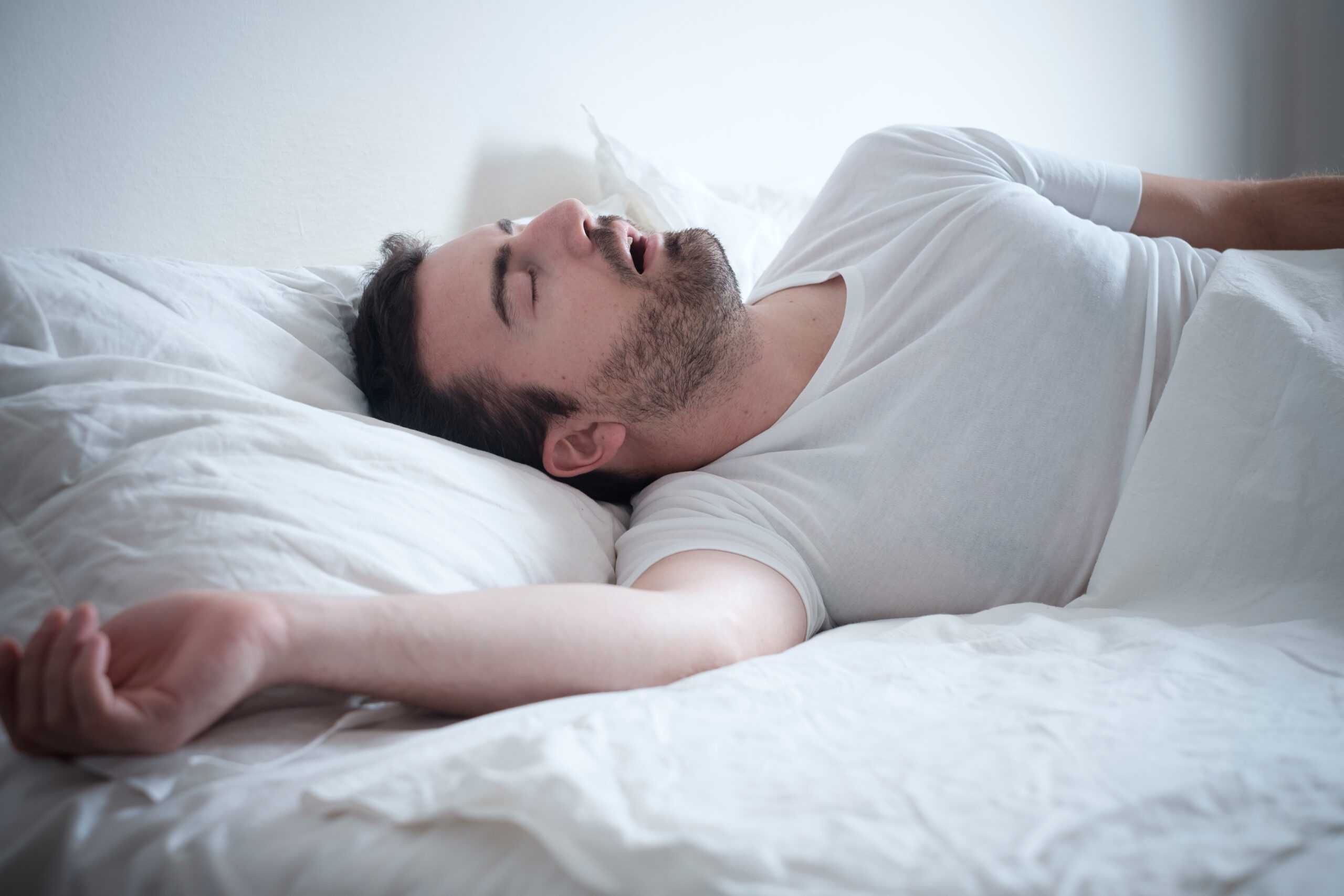Sleep apnea is a severe sleep disorder that interferes with breathing as you relax at night. It causes your breathing to repeatedly start and stop, impairing your ability to enjoy deep, restful sleep phases. Most people with sleep apnea Surprise snore loudly and wake up feeling tired even after a whole night of sleep. Although snoring is a primary symptom of sleep apnea, not everyone who snores has this disorder. Sleep apnea can lead to complications such as high blood pressure, type 2 diabetes, metabolic syndrome, liver problems, and sleep-deprived patterns when left unresolved. Below are the main types of sleep apnea.
Obstructive sleep apnea
Obstructive sleep apnea is the most common type of this sleep disorder; it occurs when the muscles supporting the soft palate, tongue, uvula, and side walls of the throat relax. These muscles at the back of your throat narrow or close your airways when they relax. The narrowing or obstruction of your airway affects your breathing – you do not inhale enough air. Consequently, this lowers the oxygen levels in your blood as carbon dioxide accumulates in your bloodstream. Your brain senses your inability to breathe and briefly wakes you from sleep, so you open your airway. You may not realize this happens since the awakening is usually so brief. As you awake to reopen your airway, you might choke, snort, or gasp. The pattern can repeat itself five to more than 30 times each hour throughout the night, preventing you from reaching restful phases of sleep.
Obstructive sleep apnea can affect anyone regardless of age, but certain factors make some people more likely to have this disorder. For example, being male is a risk factor for sleep apnea – men are two to three times more likely to develop this sleep disorder. However, the risk is also higher for overweight women and during menopause. Obesity also elevates your risk of sleep apnea – fat deposits around your airway can obstruct your breathing. For this reason, it is best to lose extra pounds and stay within your ideal weight to lower your risk of sleep apnea. Other risk factors for obstructive sleep apnea include nasal congestion, smoking, use of alcohol, tranquilizers, or sedatives, old age, and having a thick neck.
Central sleep apnea
Central sleep apnea is a less common form of sleep apnea that occurs when your brain doesn’t transmit signals to your breathing muscles. Therefore, you make no effort to breathe for a short while. Central sleep apnea may cause you to awaken with shortness of breath or difficulty falling or staying asleep.
Middle-aged and older people have an elevated risk of central sleep apnea, as do people with heart disorders. Being male and using narcotic pain medications also puts you at risk for sleep disorders. You are also more likely to have central sleep apnea if you’ve had a stroke.
Complex sleep apnea syndrome
Complex sleep apnea syndrome is whereby one has both obstructive and central sleep apnea.
If you snore loudly and often wake up feeling tired, visit your doctor at Oasis Ear, Nose, and Throat for diagnosis to establish if you have sleep apnea.

